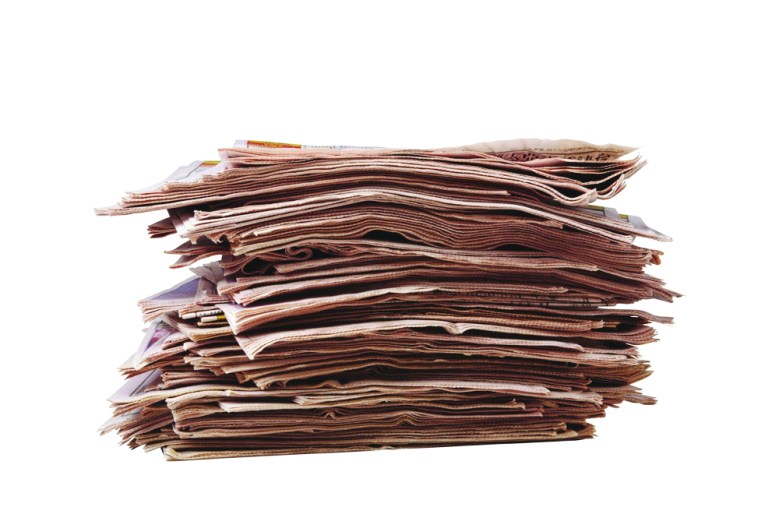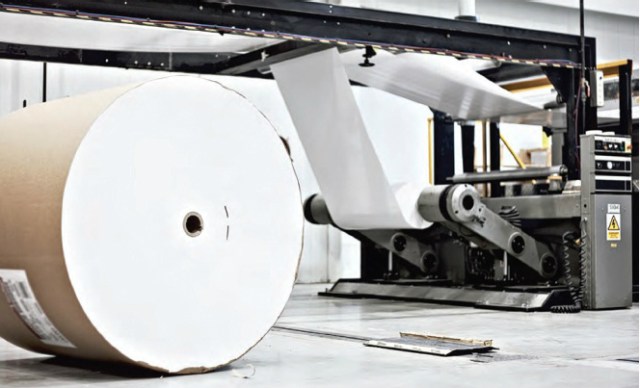
One of the peculiar aspects of Australia’s democracy is how we vote. We are quite the outlier – we vote on Saturdays, not during the week; we vote using the preferential system, not first past the post; it is compulsory to vote, not a choice made only by ideologues and dedicated civilians; and most relevant for us printers, we use pencil and paper.
The USA, which has used various forms of electronic voting for decades, is struggling with how to avoid a repeat of the hacking of its voting systems by Russia in 2016. I follow the discussions online, and occasionally someone (often an Australian) will let them know we function pretty well with pencil and paper. The standard response is horror that any western democracy could use such an archaic method.
But we do it because it works. And despite what the nutbags on the right say, it is pretty hard to cheat. Electronic voting on the other hand is open to rorting by anyone with access to the internet.
ElectionsNSW, the body that oversees elections in the premier state, quietly trialled online voting in the last two NSW state elections. I do not know how many people have taken it up, but my guess is events like the last Census, the ATO’s website problems, and the US elections, have probably put off any kind of major rollout for a decade.
Which is why, when it came time for this awful survey on marriage equality we are currently enduring, the method chosen was good old pen and paper. The only innovation, if you can call it that, is that this is an entirely postal ballot, something we have not done before.
First off let me congratulate Fuji Xerox Document Solutions for both winning the job and getting it done. Knowing how much work goes into a million plus mailout, the numbers behind this 16 million run job had me questioning if we had enough paper in the country to do it.
There is no doubt this a great feather in the FXDMS cap. That being said, I cannot help but think it would have been nice to see the job go to an Australian company like BlueStar.
Once Turnbull decided on a postal survey to get around his failure to get a plebiscite through parliament, there was a lot of talk about how old-fashioned and redundant a mail out was. Politicians were posting video instructions showing millennials how to post a letter. It was that bad.
But what that kind of attitude failed to appreciate was the trust people put in the paper ballot. People trust a paper ballot because we know it works.
Yes there have been some problems with deliveries, but I can recall less than five having shown up in the media, and five out of sixteen million is pretty bloody good.
And yes there have been instances of people flashing their barcodes on social media. Again, no real chance of that stuffing up the vote.
What is also interesting is the reaction to some of the non-print campaigning methods. The Yes campaign has generated negative publicity by sending SMS messages to millions of randomly generated mobile numbers. I have long advised clients against this – while paper in the letterbox is fine, people find unsolicited messages on their phones intrusive and annoying. And while most of the controversy surrounding the SMS campaign was confected by the Nopes and their boosters, that sense of unsolicited texts being too much is very real.
So get your envelope, vote your conscience, trust in the ballot and take comfort that when the country wants to have its say, at least for today and the forseeable future, it is a case of in paper we trust.
Baden Kirgan is managing director of Jeffries Printing Services
Comment below to have your say on this story.
If you have a news story or tip-off, get in touch at editorial@sprinter.com.au.
Sign up to the Sprinter newsletter

